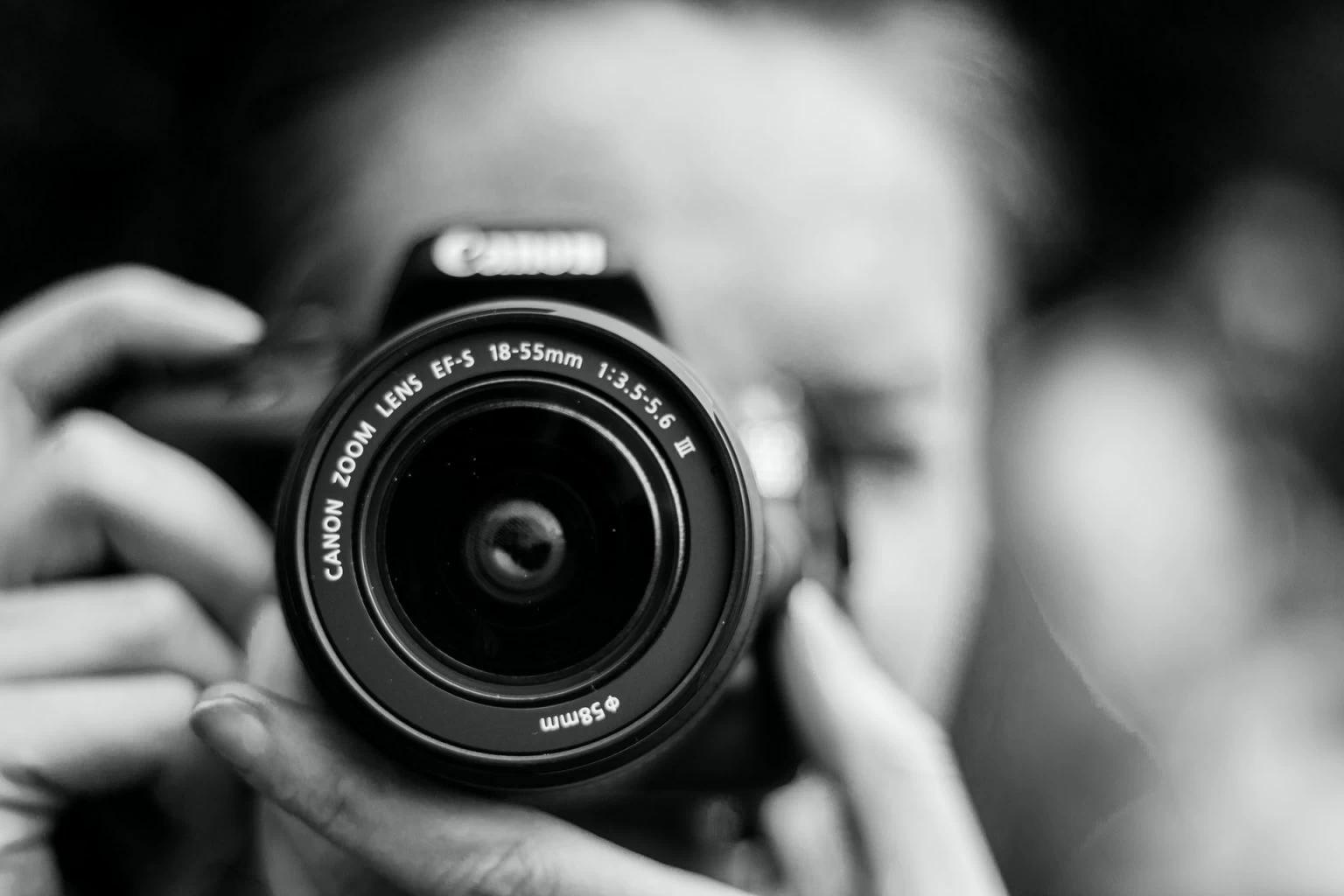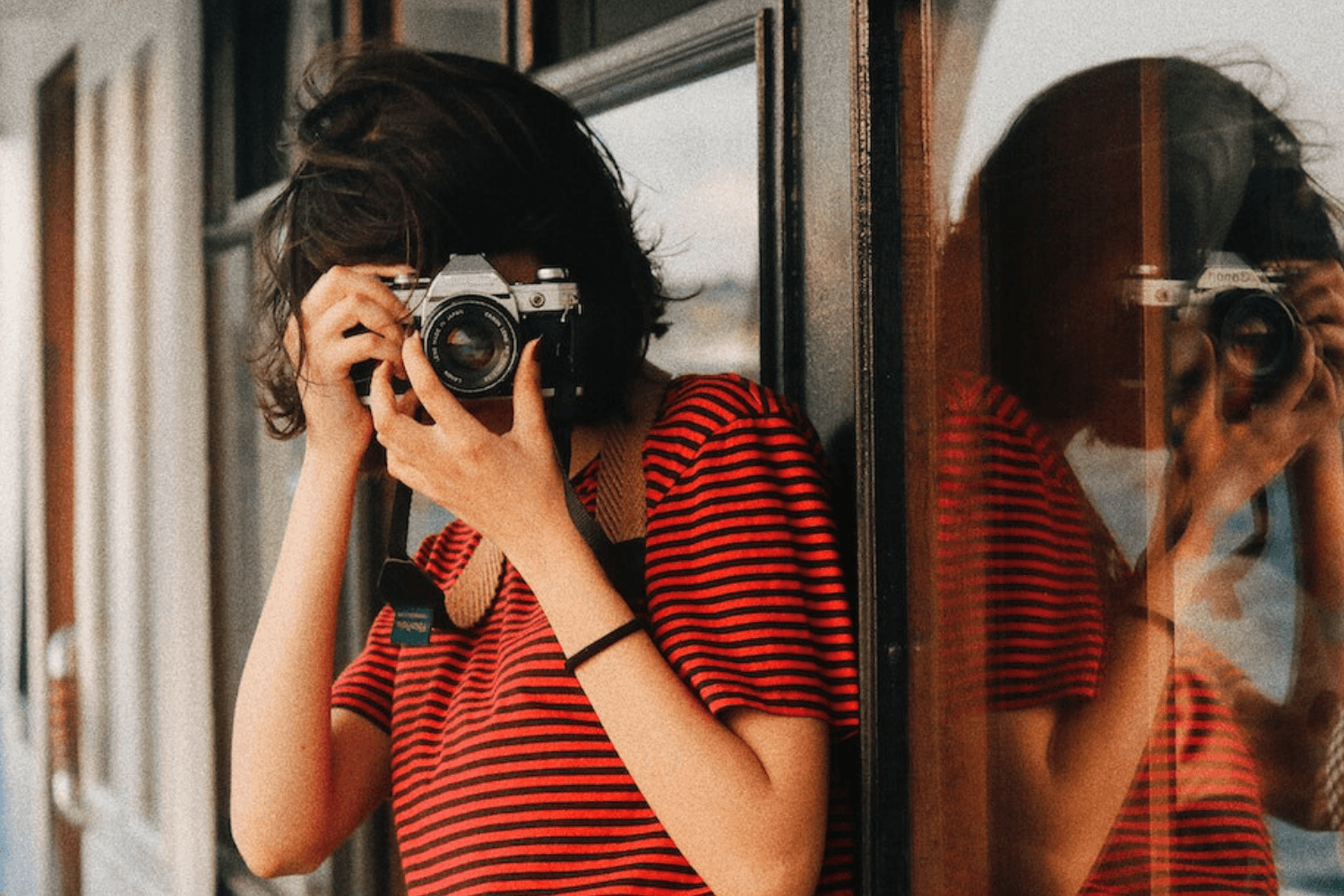7 Travel Photography Tips
Yvan Cohen
Fri Oct 30 2020
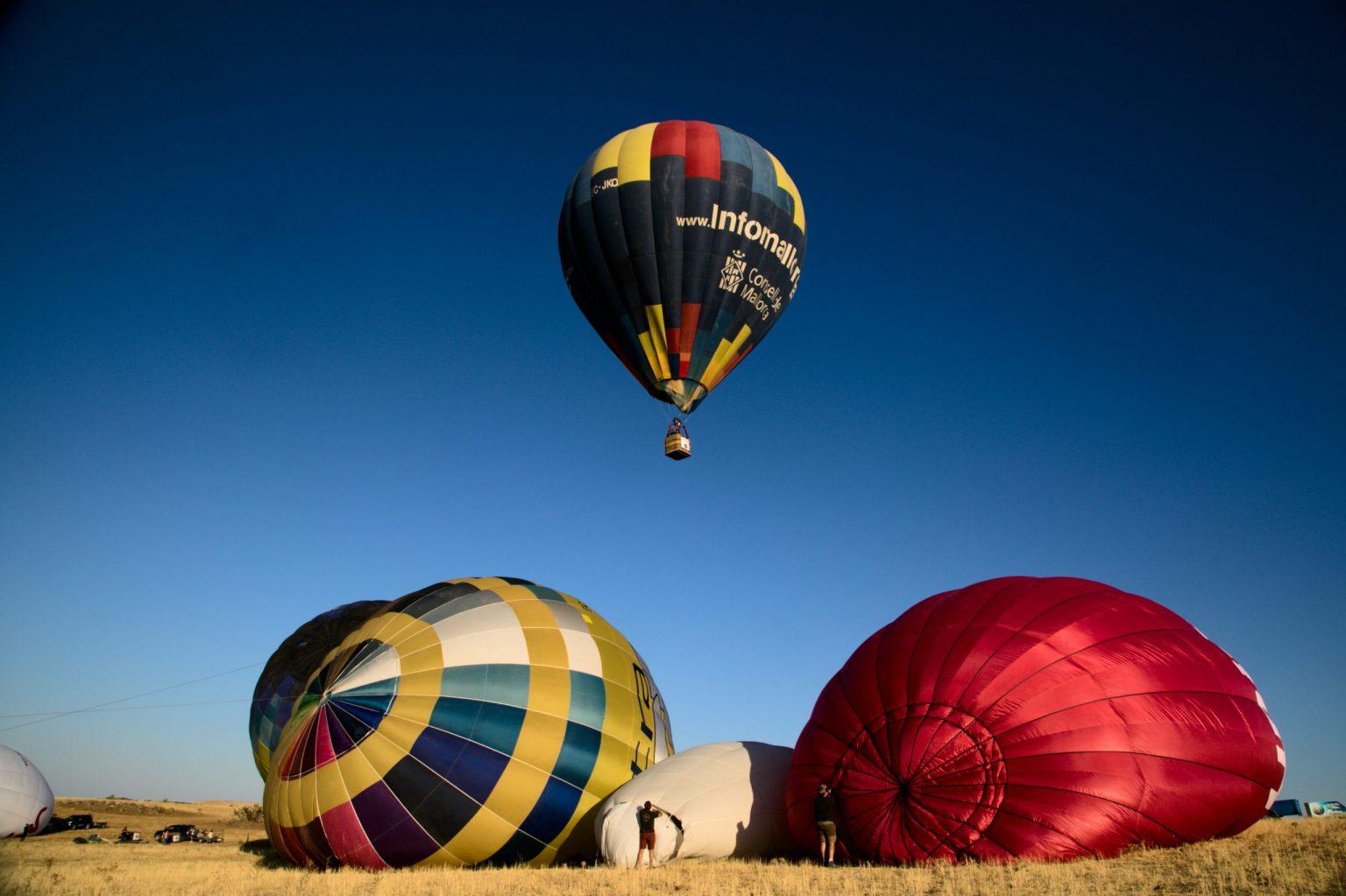
Travel photography is possibly the most popular among the photographic disciplines, which also means it’s among the most competitive.
In an age where almost everyone everywhere is taking pictures, it’s hard, if not impossible, to find a corner of the planet that hasn’t been photographed. With that in mind, it’s more important than ever to focus on quality and originality in your work.
Of course, there’s a reason travel photography is so popular. It’s a fantastic way to combine a glamorous and adventurous lifestyle with your passion. Just like any activity, there are a some tricks and tips that will help make your travel photography more efficient and productive.
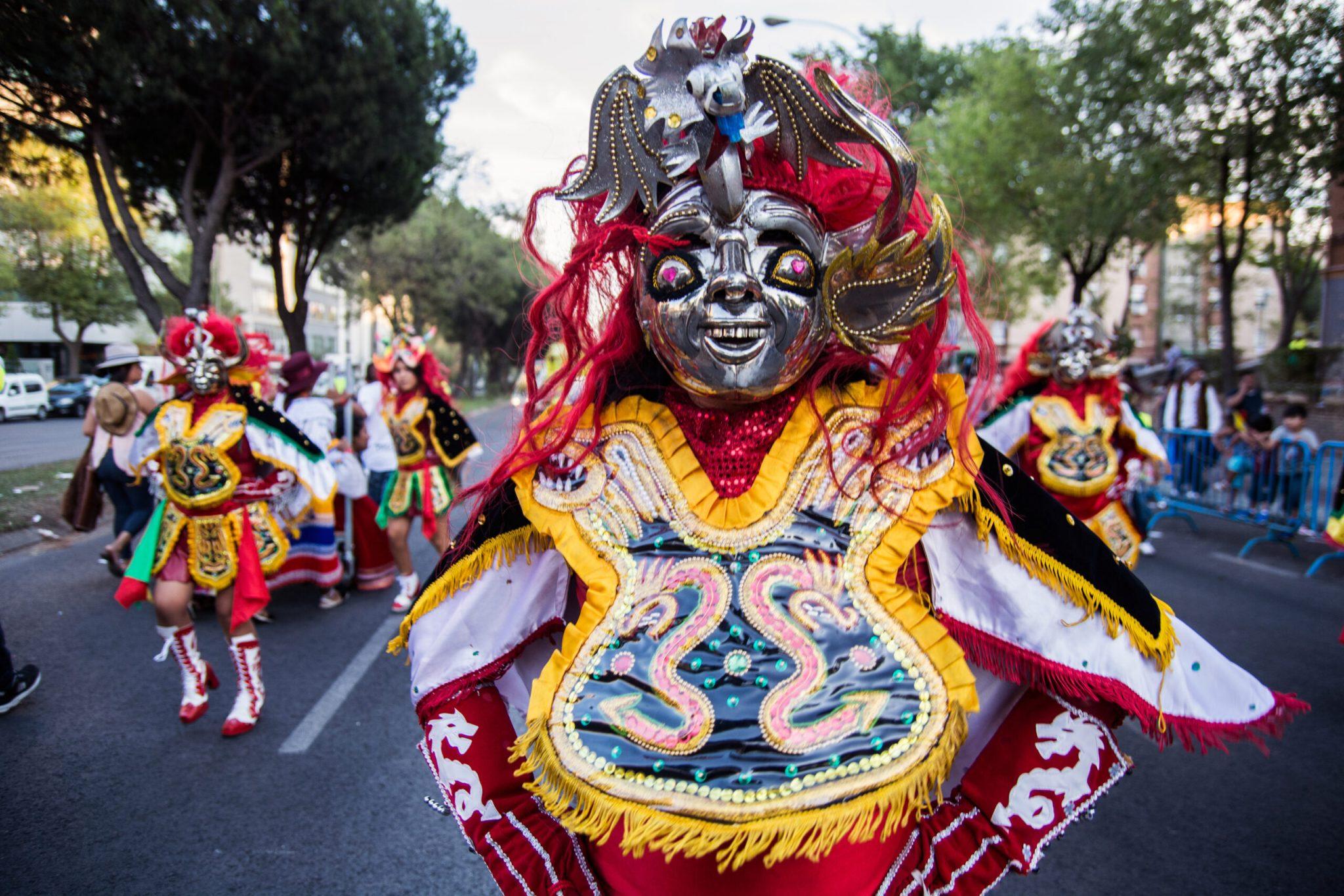 People dressed with traditional clothes celebrating Ecuador National Day in Madrid. Photo and story credits by Marcos del Mazo
People dressed with traditional clothes celebrating Ecuador National Day in Madrid. Photo and story credits by Marcos del Mazo
Here are 7 of our top tips for the aspiring travel photographer:
1. Do your research
It’s sounds obvious but it’s basis of any successful travel photography adventure. Research means understanding not just why a destination might be interesting from a photographic perspective, but also seeing how it has already been photographed by others before you.
- Try not to repeat shots that are already available online. There’s not much point in just repeating shots that are already out there. Trawl the internet to see what’s been done. Checking out the competition perfectly ok, and you may even find some useful inspiration along the way.
- Understand your destination. One thing is for sure, understanding your destination culturally, socially, politically and geographically, will make it easier for you to identify the most exciting and meaningful elements to photograph. If you’re planning to go to Hong Kong in the coming months to capture shots of the territories’ mountainous scenery, you might want to read up on the political situation too: you could find yourself in the middle of riot.
2. Be original (but not too much)
The challenge with any shoot, indeed any photographic project, is to be original, but not so original you narrow the appeal of your work.
- Stay true to your personal vision. The simplest and most natural way to be original is to be true to your personal vision because there’s only one you, right? Originality requires a mix of spontaneity, authenticity and reflection.
- Think about your approach. Is your emphasis going to be on landscape, portraiture, social documentary, or a blend of these different disciplines? Having a focused mindset and vision for the kinds of captures you want to get will help you know what you’re looking for when you arrive. The last thing you want to do is return home with a set of photographs that aren’t what you wanted to express.
- Stick to working in colour. Unless you’re looking to win art awards, our advice would be to stick to working in colour, because the market is much more limited for monochrome imagery.
3. Think about weight and gear
Take what you need and need what you take, goes the adage. You’ll want to always make sure you have the absolute minimum to create the beautiful pictures you aspire to. This means you need to make your gear work in as many situations as possible. Here’s a few examples of how to do that.
- Use zoom lenses. Ideally something that covers the entire spectrum from wide angle (24mm or 35mm) all the way through to a good telephoto focal length (anything from around a 135mm up to 200mm or more).
- Take two cameras. It’s important to always have a back up, and while you’re at it, put one lens on each. That’s it, no more lenses in your bag. Leave your flashes behind because they are excess weight and you really don’t need them.
- Do you need a tripod? If you’re doing serious traveling, consider either leaving your tripod behind or finding the smallest, lightest tripod on the market.
- Bring backup hard drives. It’s a good idea to always have two drives, ideally placed in different bags. That way, if you lose one drive you’ve still got everything backed up on the other. And if you’re serious about keeping the weight down, think about investing in solid state (SSD) drives which are smaller, lighter and less fragile.
 A member of an orange battle team takes part in the traditional ‘battle of the oranges’ held during the traditional battle of the oranges during the Ivrea Carnival near Turin, Italy. Photo and story credits by Stefano Guidi
A member of an orange battle team takes part in the traditional ‘battle of the oranges’ held during the traditional battle of the oranges during the Ivrea Carnival near Turin, Italy. Photo and story credits by Stefano Guidi
4. Make sure it’s safe
It should be part of your pre-departure research, but before you embark on a photographic adventure to an unknown land, make sure you know what’s happening on the ground.
- Read the latest news. Check if there are any security alerts. You’ll want to know if a volcano is on the verge of erupting or if there are riots in the streets. If there is a medical emergency or epidemic in a destination that interests you, then you should be aware of the risks before you arrive. Of course, if you want to combine travel and news photography, then upheaval, unrest and disaster could just the kind of subject matter you are looking for.
5. Think about health
Your health should always be a top priority, especially when traveling.
- Make sure your vaccinations are up to date. Especially for Rabies, Typhoid, Hepatitis A & B and Tetanus. Depending on where you are travelling you may need some additional protection. You could do a lot worse than to quickly check out the World Health Organisation’s International Travel and Health page. Alternatively, the Center for Disease Control (CDC) in the US has a useful advisory page including information about vaccines and updates about epidemics which can be accessed here.
- Bring your own first aid kit. Including antiseptic and bandages for cleaning and dressing wounds, some extra vitamin c and paracetamol tablets. Buying an all inclusive first aid kit is fairly easy to do nowadays, but something you’ll probably want to do before you depart.
- Make sure to have travel insurance. Probably the most important of all our tips is to make sure you have some travel insurance. Depending on where you are, a visit to the hospital could turn out to be a major expense.
6. Pick the right season
Seasons are important for the travel photographer because the quality, and even the quantity, of light are dependent on it.
- Consider the season for where you’re going. Some destinations are famous for their beauty in a particular season: like Japan in autumn or the French Alps in winter. If it’s sunshine and blue skies you need for your shoot, then make sure you time your trip right. Arriving in the right season, can make all the difference to the success of your travel photography.
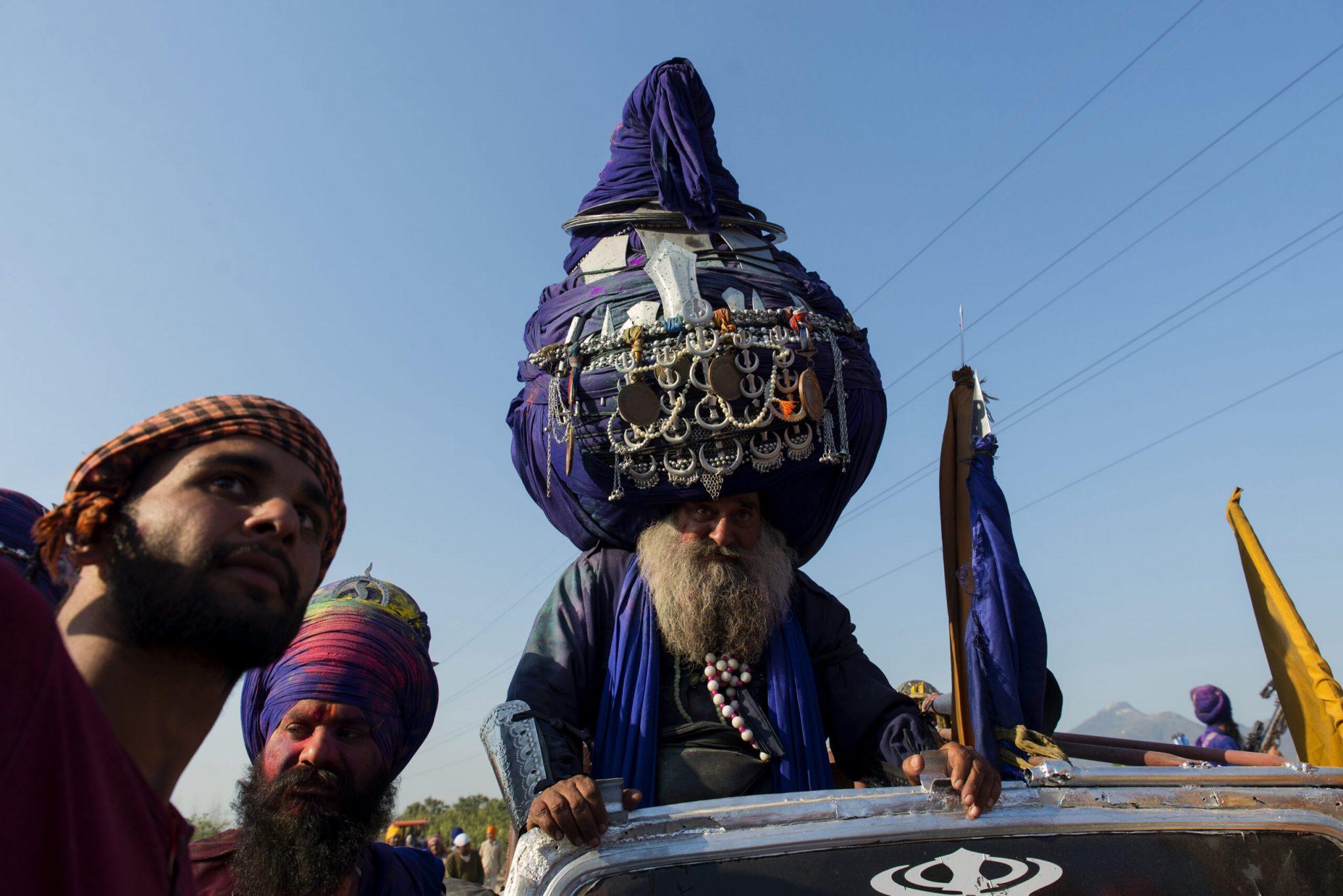 A Nihang Sikh with a huge turban arrives at the ground where martial skills are displayed during Hola Mohalla festival. Photo and story credits by Subhendu Sarkar
A Nihang Sikh with a huge turban arrives at the ground where martial skills are displayed during Hola Mohalla festival. Photo and story credits by Subhendu Sarkar
7. Pack smart and be discreet
Packing for the road is a fine art. The choices start with the type of baggage you use.
- Use small and compact baggage. Ideally, you want your luggage to be small and compact enough that it will fit easily into the rack of a bus or into the overhead storage of a plane.
- Don’t underestimate baggage with wheels. Wheels on your bags take less effort to push around and can help you move quickly and easily through airports.
- Take quick drying clothing. Take just the right amount of clothing and pick textiles that are quick drying. That way, you can wash clothes overnight and wear them the next day. Synthetic quick dry clothing has the added advantage of generally being lighter than natural fibers, like cotton or wool.
- Wear layers if its going to be cold. If you’re traveling somewhere cold, think about wearing layers as that’s the most efficient way to stay warm. But don’t forget to still focus on clothing that packs down small and light.
- Bring an adapter, or the right travel plugs. Of course, make sure you have the right travel plugs and cables for the area you are visiting. Finding out you don’t have the right adapter for your charger is the kind of detail that can cost you time, money and frustration when you’re on the road. A universal adapter would be our go-to suggestion.
Written by Yvan Cohen | Yvan has been a photojournalist for over 30 years. He’s a co-founder of LightRocket and continues to shoot photo and video projects around South East Asia.
Featured Photograph by Jose Hinojosa
To read more helpful articles on photography, check out our blog page.
Join our growing photographer community at LightRocket and get powerful archive management and website building tools for free!
